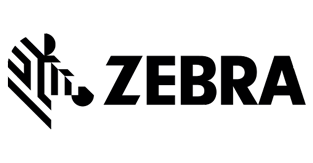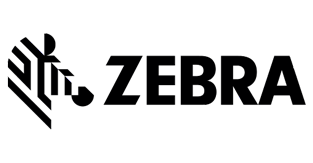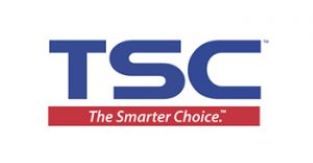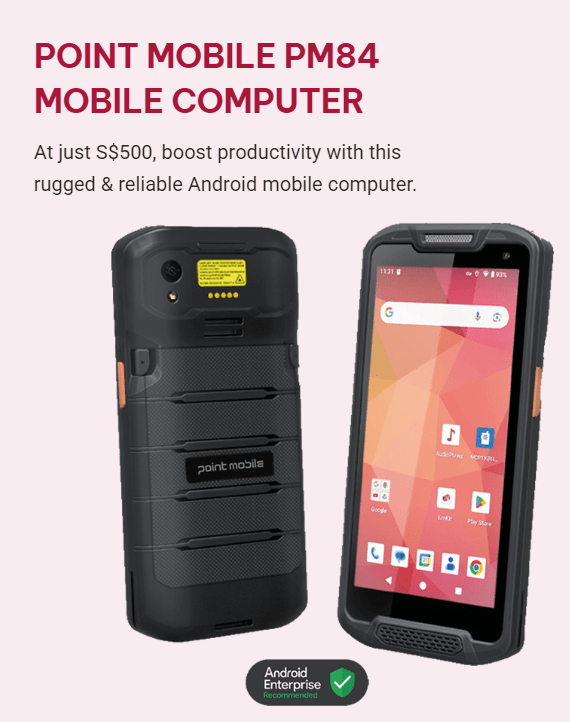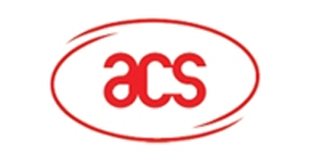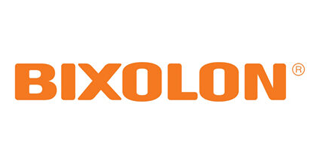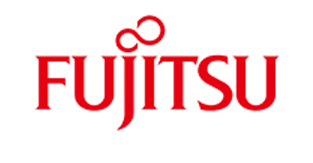In the 2021 ECR Stock Accuracy Survey, there was a proven correlation between sales levels and stock accuracy. It was a substantial uplift too, with reports indicating sales gains between 3.83-8.38%. Yet in a recently released Retail Week 2022 survey, only 50% of retail CEOs in the UK said they have visibility of their stock file and, in a separate survey, a mere 21% said they had a single view of their stock file.
So, to improve sales and the customer experience, it is critical to ensure your stock inventory count gets as close to your book inventory figures. Using insightful data to make informed decisions, critical data sets can help change the outcome and move accuracy to acceptable levels – and with full visibility.

What are the challenges for retail today?
Improving the customer experience and brand loyalty are key objectives for retailers.
To achieve them, it is imperative to have the right products available at the right time. Nearly half (49%) of people who participated in Zebra’s latest Global Shopper Study said they have walked out of the store without making a purchase because the item they wanted was out of stock. Thirty-six percent left because they could not find their desired item on the shelf or displays, and over a quarter (26%) abandoned their cart – and retailers – due to poor selection. What is the damage to your brand if shoppers cannot find the product they are looking for? Quite a lot.
In this fickle consumer ‘I want it now’ world, retailers need to be bold, creative, and empowered when it comes to inventory management.
Understanding and reducing shrinkage are also key.
According to a survey by the FMI food industry association, the average supermarket loses up to 3% of sales through shrinkage. A National Retail Federation (NRF) survey puts the average shrink rate at 1.6% of sales in both 2019 and 2020. Though the majority of losses now stem from theft, fraud and other criminal activities, too many are still attributed to the incorrect recording of inventory on intake, along with inventory miscounts or misplacement. Improving data accuracy and counting the right things at the right time can help reduce such losses.
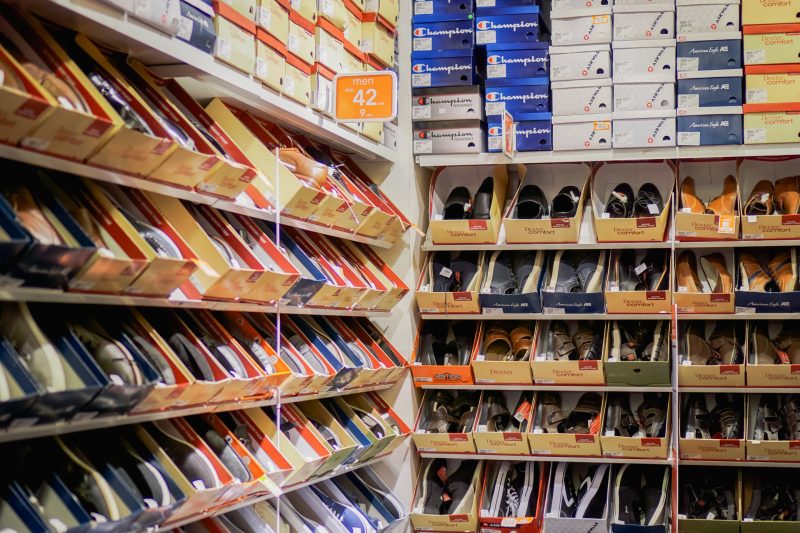
So, the key priority here is stock accuracy. If you have better visibility of your stock files and you have trust in the data, this in turn will drive better outcomes.
That’s where the KAIZEN™ methodology comes into play:
“When applied to the workplace, KAIZEN means continuing improvement involving everyone – managers and workers alike.” ~ Masaaki Imai, Founder of KAIZEN Institute
Committing to continuous improvement – and following through
Store managers have ‘face to face’ challenges with their customers regarding stock availability at ground level. Click and collect is becoming paramount to retail today. And addressing failure rate and stock accuracy are critical to getting the right balance. So, CEOs are asking their business units to challenge everything and see if there is a different way to approach inventory management.
When it comes to annual stock counts, retailers who understand KAIZEN could be ahead of the curve – as long as the strategy is actually executed. The focus must be on small, frequent improvements to existing work processes, generated by all employees at all levels in an organisation—not just managers and executives. When applied, it can improve every function of a business. Over time, small incremental improvements can deliver significant results.
The KAIZEN philosophy challenges the statement of ‘that’s just the way we do things.’ Through micro-changes, it strives to eliminate silos and waste and instead aims for efficient and standardised processes
Think of this concept in terms of stock accuracy…
All retailers need to undertake a stock count for financial audit purposes and/or to have better visibility of their stock files. And, if I’m being frank, the future of inventory management is radio frequency identification (RFID). No technology compares from a speed perspective. But even retailers who execute RFID must carry out some barcode counts to complement and cross-check the data.
Today, the majority of counts are outsourced. ‘That is how we have always done it’, retailers will tell us. But why carry on the same way as it’s always been, even though the results do not help business needs? It is a sunk cost and not challenged. But why? This is an area where you can improve your stock file accuracy and save money. Why is ‘this is how we have always done it’ acceptable?
Article Credit: https://www.zebra.com/us/en/blog/posts/2021/kaizen-and-the-art-of-inventory-improvement.html?tactic_type=SLO&tactic_detail=RT_Your+Edge+Blog+Kaizen+Methodology_LI_NA_None


